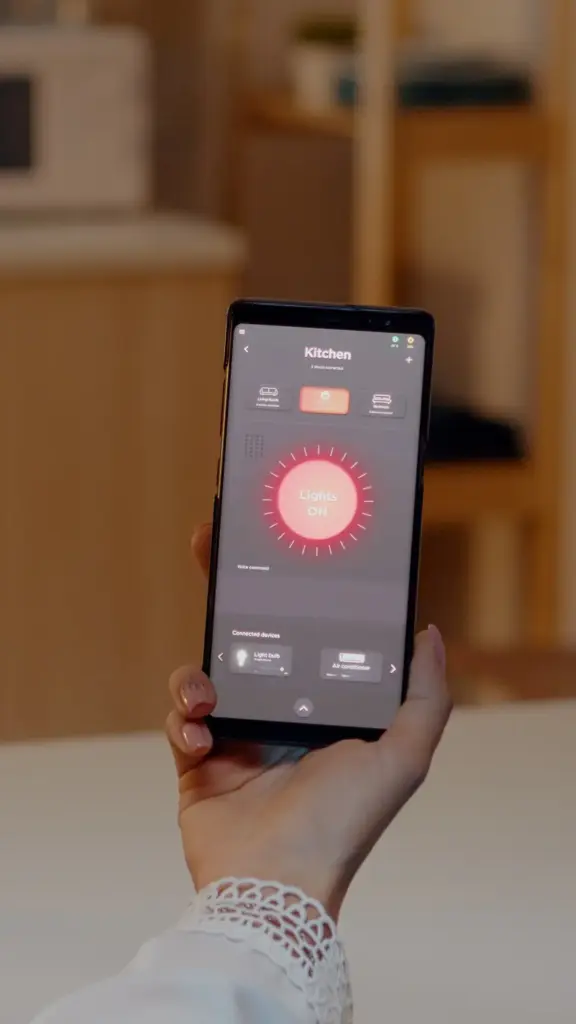Energy-Efficient Automation That Feels Natural
Blueprint for Smarter Energy
Define Measurable Goals That Matter
Set targets that balance ambition and realism, like a specific reduction in peak demand or a defined improvement in comfort complaints. Translate aspirations into metrics—kWh per square foot, avoided runtime hours, average illuminance, CO2 levels—so progress becomes visible. Share these goals with stakeholders early, inviting feedback to surface hidden constraints and opportunities before hardware is purchased or scripts are written.
Map Zones, Uses, and Human Patterns
Divide spaces by actual use patterns, not just floor lines on a drawing. A conference room, a lab bench, and a corridor behave differently and deserve tailored control strategies. Observe occupancy waves, seasonal shifts, and daylight availability. Interview staff about frustration points and work rhythms. These qualitative insights often reveal the simple scheduling or sensor tweak that unlocks disproportionate savings.
Choose Open Standards and Scalable Paths
Favor open, well‑supported standards to avoid lock‑in and enable future integrations without expensive replacements. Plan for incremental growth, modular components, and clear naming conventions. Document network topology, power budgets, and maintenance workflows. When devices speak fluent, tested protocols and share time synchronization and metadata, you gain flexibility to incorporate new analytics, demand response programs, and evolving sensors with minimal disruption.
Lighting That Learns From the Day
01
Daylight Harvesting Without the Headaches
Position photosensors where they read representative light, not glare spots, and calibrate them during typical conditions. Use gentle dimming curves, minimum light floors, and time delays to prevent distracting oscillations. Pair shades with luminaires so systems collaborate rather than compete. Communicate clearly with occupants about expected behavior. A friendly note near windows can defuse confusion and convert skepticism into appreciation.
02
Occupancy and Vacancy Logic That Feels Polite
Choose sensor types to match activities—dual‑tech for tricky rooms, time‑of‑flight for open offices, or careful PIR placement in corridors. Tune timeouts to balance savings and comfort, and provide reliable manual overrides. Distinguish vacancy from occupancy for more natural control. Test real workflows like presentations, cleanups, and quick check‑ins to ensure lights respond thoughtfully to the messy reality of daily movement.
03
Tunable White for Mood, Health, and Focus
Leverage tunable white to support circadian cues and reduce eye strain. Cooler tones energize morning collaboration, while warmer tones aid late‑day focus and relaxation. Tie color temperature to daylight availability and activity patterns, leaving room for user presets. Measure satisfaction with quick surveys. People notice when lighting quietly supports their bodies’ rhythms just as much as their tasks.
HVAC Controls That Breathe With the Building
Sensors, Data, and Interoperability

Selecting Reliable, Maintainable Sensors
Protocols, Gateways, and Naming Conventions
Analytics, Alerts, and Digital Twins

Functional Testing That Catches the Subtle Stuff

Measurement and Verification You Can Trust
People, Comfort, and Trust
